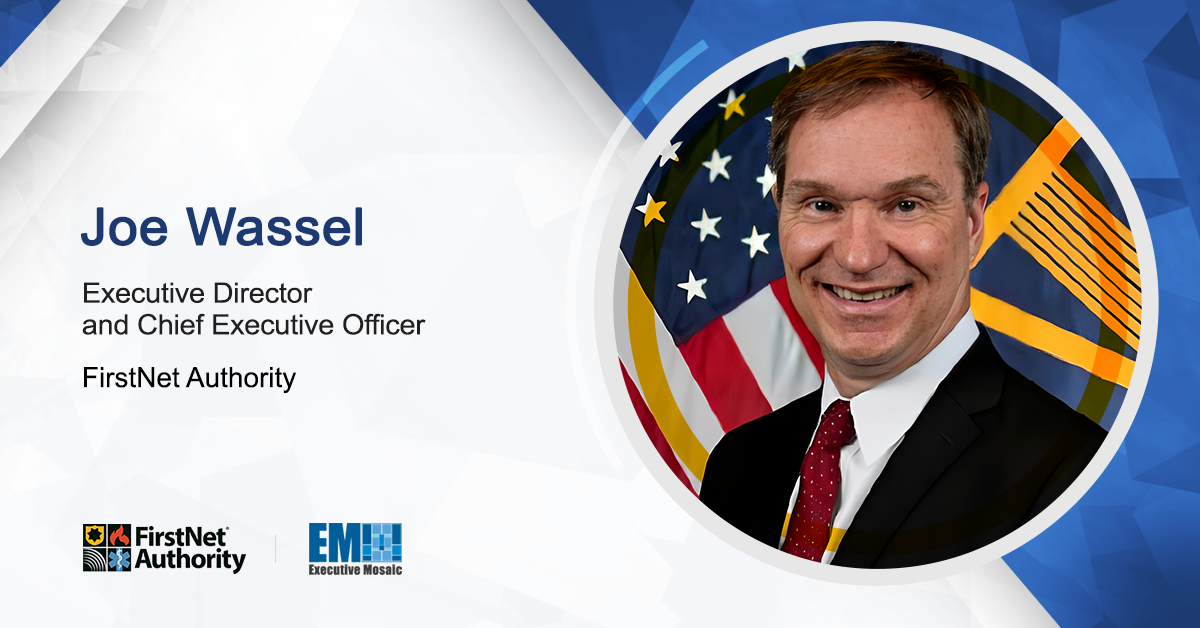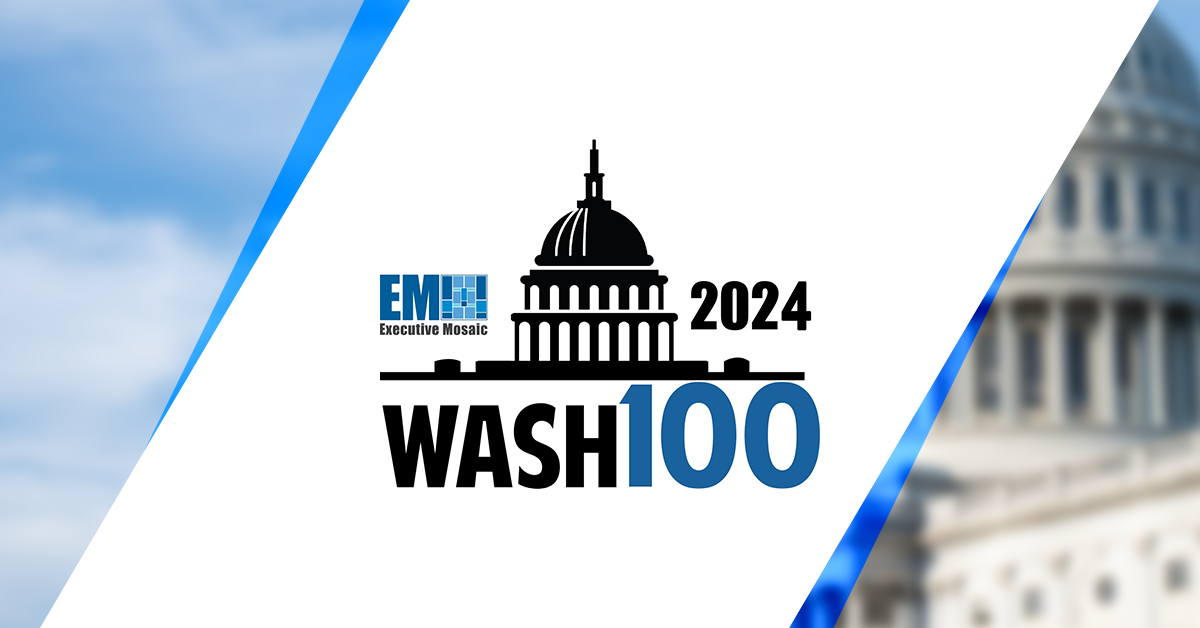Lance Spencer, client executive vice president with AT&T Public Sector, moderated “The DoD Journey to 5G: Where We Are, Where Do We Need to Be, and What’s Next” Panel during Potomac Officers Club’s 5G Summit. The panelists addressed emerging programs, priorities and challenges within the integration process of the new 5G framework.
The panel featured Bong Gumahad of the Office of the Under Secretary of Acquisition and Sustainment (OUSD(A&S)); Dr. Brian Mazanec with the Government Accountability Office; and Dwayne Florenzie of the U.S. Air Force.
If you missed the 5G Summit, you can still register to watch the OnDemand footage by visiting Potomac Officers Club’s Event Archive.
The panelists also discussed how both the private and public sectors can integrate 5G to increase efficiency and meet mission critical goals. During his panel introduction, Spencer said that “The Department of Defense (DoD) is looking to leverage 5G to increase communications, interoperability and forces that come together.”
Gumahad noted that work is underway examining how to implement 5G at scale informed by results of the current prototyping efforts, as well as investigate how the increasing commercial demand for 5G spectrum may affect current and emerging programs of record. He discussed the importance of spectrum to the DoD and noted that the Department will continue to make spectrum sharing a priority.
“It’s critical to have a healthy industrial base to ensure a robust supply chain necessary for delivering capability” Gumahad also said in describing challenges with replacement of systems due to spectrum reallocation.
Florenzie added that the industrial Internet of Things (IoT) is critical to increase efficiency. “The advantage that 5G brings is a unique ubiquitousness that we have not had before,” he said. “Similarly, this is what will transform military bases and capabilities.”
From the military point of view, Florenzie noted that there has to be integrated efficiency. There should be an adaption of smart city capabilities, he stated. Test beds will be critical to implement 5G capabilities, and industry partnerships are critical. “5G is introducing new ways for us to work together, because the systems and specialities work together in a way they never have before,” Florenzie added.
Mazanec added key observations on managing 5G risks and the overarching 5G national strategy, providing the perspective of 5G through the Government Accountability Office (GAO). He works to improve government performance and accountability based on congressional interest.
For overarching context on GAO’s perspective, GAO has looked at long range national security threats based on a questionnaire, administered to 45 government organizations, that analyzed, among other things, supply chain challenges, as well as machine learning and artificial intelligence that relates to 5G. GAO has also more recently looked at the 5G national strategy: “When we looked at the 5G national strategy, we found that it was missing a number of elements regarding risk,” Mazanec said. “It narrowly focused on cybersecurity and comprehensive risk.”
Additionally, GAO has worked with DoD, Intelligence Community and Department of State to outline six categories of risks associated with 5G, including supply chain, 5G enabled IoT, 5G Densification, 5G Spectrum Management, New 5G Technologies and Legacy Technology.
“We also issued a technology assessment focused on 5G. We looked at the test beds and spectrum sharing technologies. We think that having a comprehensive risk assessment and sufficiently detailed national strategy is essential to securely pursuing 5G technologies,” Mazanec said.
In addition to the “The DoD Journey to 5G: Where We Are, Where Do We Need to Be, and What’s Next” Panel the 5G Summit also hosted the “5G Space: The Ultimate Connected High Ground” Panel as well as two notable keynote speakers.
Maj. Gen. Kimberly Crider, Mobilization Assistant to the Chief of Space Operations, Technology Innovation Office, Department of the Air Force, delivered a keynote address, where she discussed the impact that innovative technologies and 5G integration have on the U.S. Air Force during Potomac Officers Club’s 5G Summit.
Dr. Joe Evans, technical director for 5G, reporting directly to the under secretary of Defense for Research and Engineering within the Office of the Secretary of Defense, was also featured as a keynote speaker during the summit.
If you missed the 5G Summit, you can still register to watch the OnDemand footage by visiting Potomac Officers Club’s Event Archive.






